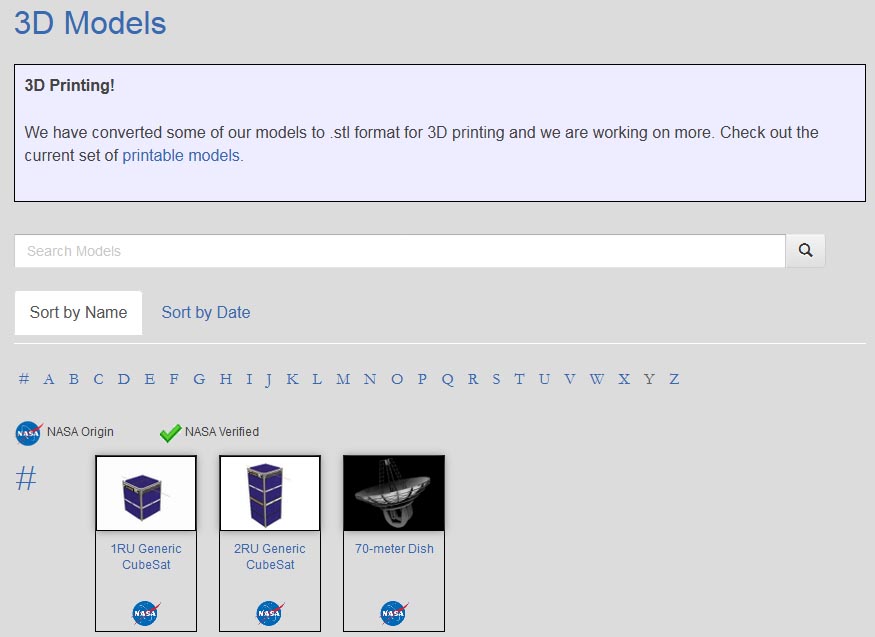Thought I’d gather together a few of my more recent images, none of which really justifies it’s own blog post…

The Art and Graphics of Nick Stevens. Available for hire.I specialise in unbuilt space projects, and the spacecraft of the Soviet Union.
An unusual one for me, as I take a crack at an original science-fiction design.
My objective was to get something seriously large, primarily for use in Vue. My thinking is that I notice many great concept art pages have fairly abstract ships that are so big the more distant parts are afffected by haze, giving a great sense of scale. And as volumetric effects are a strength of Vue, I figure model in LW with Vue in mind. In practice this meant:
Continue reading “The Slabship / Fury – Development and finished renders”
I’m continuing to spend most of my graphics time in Vue recently, and I think I am starting to feel comfortable with it. I’m still getting occasional frustrations, but I’m feeling a lot more in control.
One lightbulb moment was when I realised I did NOT have to use the included billboard planet options for planets! But could use full 3d objects which then pick up the light from the Sun, and are properly affected by the haze and fog. A good example is the ringed planet in the banner image for this post, at the top. (Note the tiny astronaut at the top of the cliffs!)
And here’s another:

Continue reading “More explorations in Vue – Using Haze and Fog, 3d planets”
One of the frustrations of working with CGI is that you sometimes find a brilliant free model, but it’s not for your software. And a specific example that has frustrated me is that there are some great models available in Blender format on the NASA 3d object library site:

Now, whilst I have heard of Blender, I’ve never tried to use it, and 3d packages can be very difficult to learn. But I decided to give it a go. Maybe I’d be lucky! Continue reading “Tutorial: Importing Blender 3d content into Lightwave or Vue”
I’m still experiementing with Vue, and I’m begining to feel like I am getting somewhere. And somewhere a bit more interesting than just a bunch of CGI sunsets!
Mind you, this one started as a sunset with an interesting terrain. It was when I figured the scene was rather Mars-like, that I got the idea for what else to include beyond the terrain and the sky.
So I dug out my old “Mars Habitat” and “Mars Explorer” from Daz, and loaded them in.Now the habitat had some odd rendering issues in Lightwave, but seems OK in Vue, at least once I had turned off glare.
It’s also become clear that Vue does a MUCH better job of preserving halfway decent surface settings when importing from OBJ format than from an LWO format. (For some reason Lightwave 3d surfaces only seem to respond to ambient light, the diffuse does nothing?!)

This was based on an image I found, taken from the cover of the March 1961 episode of the Magazine of Fantasy and Science Fiction.

A really unusual shape, making the whole thing look like a cross between a lightbulb and a thermos flask. I suspect it’s meant to be nuclear , which makes standing around the engine area somewhat adventurous.
As those who follow me on Twitter @runnymonkey will have seen, I’m trying to get back into the swing of Eon’s Vue package, which specialises in atmospheres and landscapes.
Now I often have something of a love hate relationship with this program, as I find it a mix of the incredibly impressive, and the incredibly frustrating.

(I’m currently on Vue 2014, and considering an upgrade if this goes well) Continue reading “Warming up with Vue again…”
Whjen I decided to try and make a mesh of the iconic Lovell Radio Telescope at Jodrell Bank, England, I knew it would be a big task!
I think this is easily the most complex mesh I have ever created. I visited the real radio telescope, and took hundreds, and hundreds of photographs, from every angle I could.
It was really tricky to work out the symmetry of the repeating elements, and it took a bit of trial and error to get it right.
As if that was not demanding enough, I also had to keep the polygon count under control, while trying to include every bolt I could see.
I had a bit of help, the nice people who work their very kindly sent me some basic plans with the key dimensions marked, so I had a firm foundation to build on.
The end result is rigged, so I can rotate the base and tip the dish into any desired position.